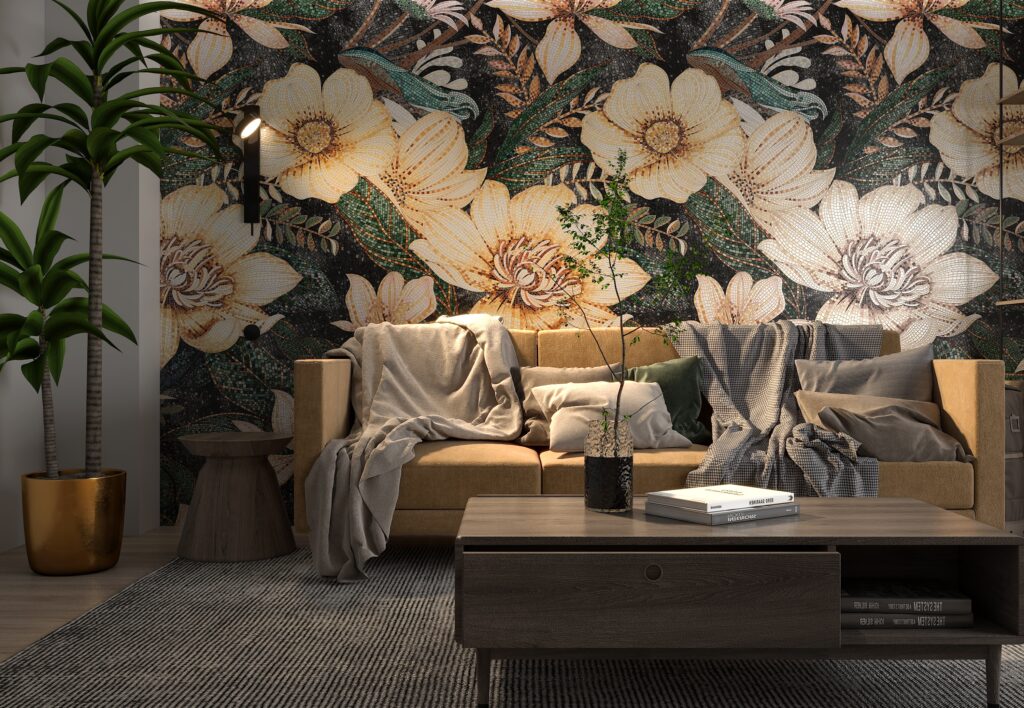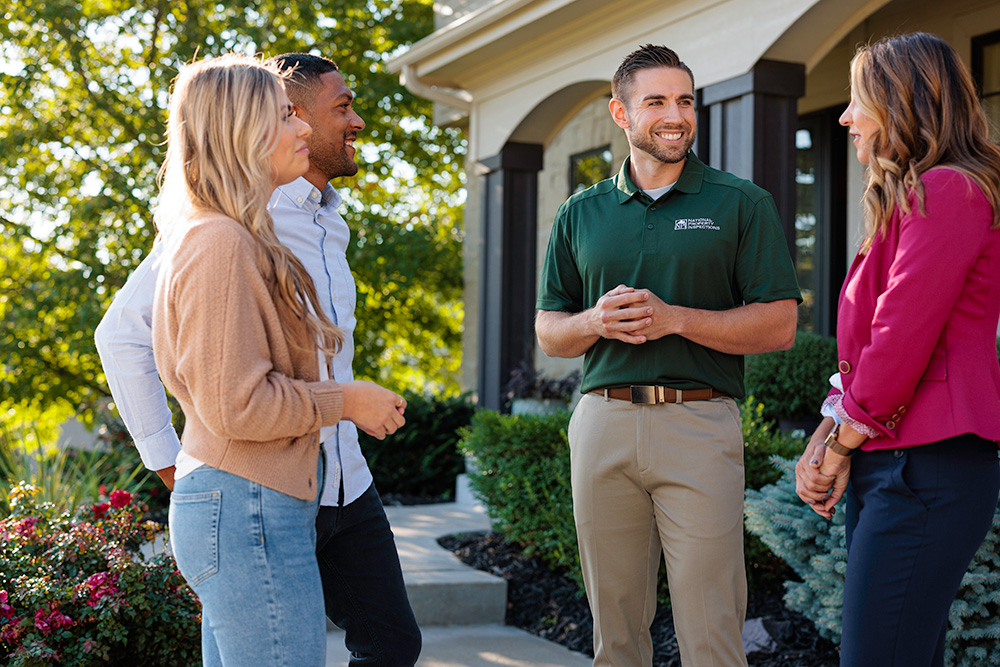Have you ever been sitting at your dinner table, enjoying a meal with your family when a sudden hint of paranoia begins to set in? Maybe something feels a little off…like you’ve been lied to? Like something has put up a facade?
The truth is that you have good reason to be suspicious, though the source of your worries may not be what you expected!
The modern home is the product of thousands of years of innovation, with improved electricity access and safety, better defense from indoor and outdoor air pollution, and even advanced protection from dangerous natural gases like radon. While our homes have improved vastly in many ways, there are also a few misleading quirks in contemporary home design that can leave you scratching your head.
In suburbia, many architectural flourishes are designed only to call back to home features of yesteryear, while imitations have become the norm. The result? In many instances this has only led to an overly artificial-feeling house. But in other instances, there may be serious potential for home maintenance havoc. Let’s discuss some of the ways that modern home features might be more trouble than they are worth.
Problems with Artificial Exteriors
Uncovering the facade that suburban homes put on tends to start the first moment we set our eyes on their exterior.
Today, home exteriors come in many different forms and styles, from brick to vinyl to stone, stucco, and everything in between. Siding has a big job on its hands, not only tying together a home’s overall architectural style, but also defending any inhabitants from the fierce elements outdoors.
Modern building science actually does a great job of preventing water intrusion by incorporating a weather-resistant barrier (WRB) installed between the siding and sheathing. While the WRB prevents weather conditions from penetrating the interior of the home or damaging important building components, it also has to allow water vapor to escape in order to prevent mold growth. For the most part, this system works great! But certain artificial sidings that are popular today can compromise its effectiveness.
Artificial siding is pervasive in newly-built homes, whether you’re working with vinyl siding (made from PVC, or synthetic plastic) or “Lick and Stick” veneers. These artificial exteriors are common often because they tend to be more cost effective than their authentic counterparts. In the case of stone veneers, in particular, the frequent problems that arise are important to be aware of.
Similar to EIFS stucco, synthetic stone veneer is infamous for being incorrectly installed, with poor flashing and drainage, which traps water and leads to mold and rot. While its artificial nature isn’t necessarily the cause of the issues, incorrectly installed sidings can often hide major water damage. While you’re admiring the fake stone facade, there may be serious issues hiding just behind.
Issues with Phony Interior Designs
Artificial solutions are likewise very common in home interiors, from vinyl flooring to artificial countertops. While authentic options like hardwood flooring continue to be some of the most sought-after home features for buyers (see last year’s report from the National Association of Home Builders), costs frequently lead homeowners to seek other options.
For the sake of aesthetic appeal, homeowners have also been known to dress their interiors with elements like faux, non-load bearing pillars, false ceiling beams, and even fake windows. These ornamentations are often harmless ways to give the home a bit of extra character, but sometimes attempts to boost a room’s visual appeal can lead to issues.
Just to point out one common mistake that is especially harmful in warmer climates – avoid applying wallpaper to exterior perimeter walls! Just like we discussed in the previous section with EIFS and stone veneer, wallpaper can trap vapor when applied incorrectly or in the wrong areas. Excess moisture is always bad news in the home. Excess moisture in areas that are tough to find gives mold more opportunity to grow.
When it comes to artificial features, one item that we’re seeing more often in homes today is the faux fireplace. Once upon a time, the hearth was essential to most homes around the world, but with indoor heating advancements, many builders have begun to phase chimneys, flues, and fireplaces out from their residential constructions.
Despite this, homeowners still like the look and feel that an indoor fireplace gives to a living room, and some seek to achieve this effect with faux fireplace alternatives. Again, when installed correctly faux fireplaces are harmless enough, but electric fireplaces have their own hidden hazards.
While electric fireplaces do not have their own live fires or combustion sources, they still give off heat and should be given clearance from flammable materials. Likewise, just like with other electrical appliances, power strips and extension cords should not be relied upon as permanent power sources for electric fireplaces. See more about power strip safety from experts over at Bob Vila!
When Form Overtakes Function
Heading back outdoors, one risk that too many homeowners seem to take involves adding non-essential ornamentations to the roof. Homes that go the extra step and install fake chimneys on their roofs can enable leaks due to poor flashing, and while false dormers can add visual variety to the roof, they also add additional valleys (points where two sections of a roof meet). Valleys are notorious for gathering water, which can degrade roofing materials quicker and lead to intrusion.
Maybe the most common exterior home ornament that adds no functional value, but is nonetheless found on nearly every newly constructed home is the false window shutter. Originally, shutters were designed to cover windows in order to block out light, enable ventilation, and protect the glass from inclement weather.
Most notably, modern shutters do not generally shut anymore!
Often affixed to siding, shutters are another space that can trap moisture and foster mold growth when left unattended. Additionally, high winds have been known to tear poorly fastened shutters off of homes completely, damaging siding and other portions of the property on its way to the ground.
Conclusion
Many home design and decor choices may seem misleading, but most shouldn’t be dangerous as long as they are installed carefully. Call NPI to uncover hidden issues with your new home before closing! National Property Inspections is the most trusted name in the home inspection industry, equipping clients with the best info so that they can make the right decisions with their money.
Call NPI before you buy.



